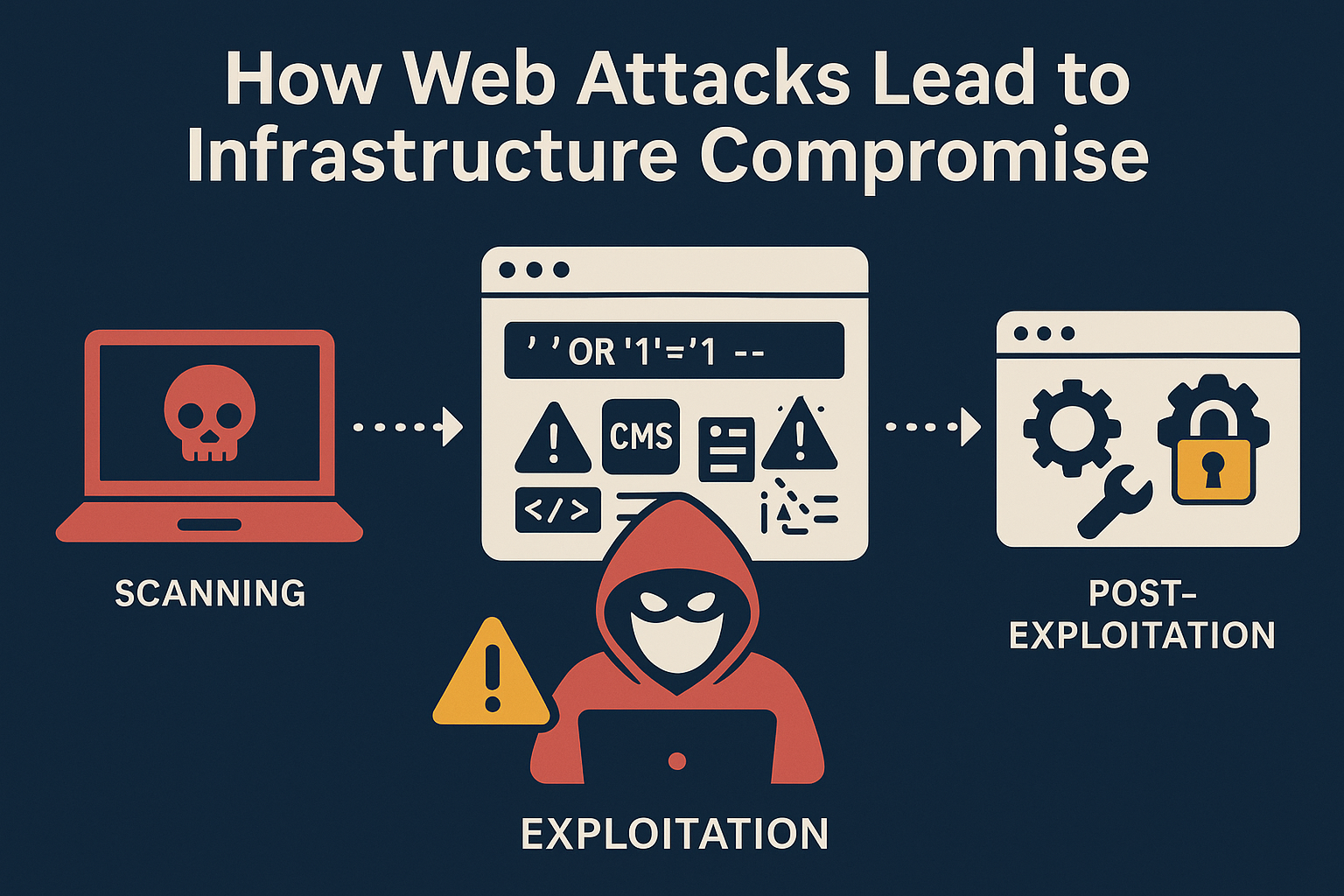
In a significant cybersecurity incident, over 200 million email addresses associated with X (formerly Twitter) were reportedly leaked on the hacking forum BreachForums. The breach was uncovered by SafetyDetectives, who found a 34 GB .CSV file containing these email addresses. The data was posted by a user named 'ThinkingOne' and is now publicly accessible, raising concerns about potential phishing attacks and identity theft.
What Happened?
The breach involves a massive compilation of email addresses linked to X user accounts. This dataset was made available on BreachForums, a notorious platform for sharing stolen data. The leak's scale suggests that a significant portion of X's user base could be affected.
How Did It Happen?
While the exact method of this data acquisition remains unconfirmed, it bears resemblance to a previous vulnerability reported in 2022. Back then, a flaw in X's API allowed attackers to ascertain whether specific email addresses or phone numbers were tied to existing accounts. This vulnerability was exploited to compile databases linking contact information to user profiles.
Why Is This Significant?
For professionals in web vulnerability testing and cybersecurity, this incident underscores the critical importance of robust API security measures. APIs, if not properly secured, can serve as gateways for data exfiltration, leading to large-scale breaches like this one. It highlights the necessity for continuous monitoring, regular security assessments, and prompt patching of identified vulnerabilities.
Potential Consequences
The exposure of such a vast number of email addresses opens the door to various malicious activities:
▪️ Phishing Attacks: Attackers can craft convincing emails to deceive users into revealing sensitive information or installing malware.
▪️ Credential Stuffing: If users reuse passwords across platforms, exposed email addresses can be used to gain unauthorized access to other accounts.
▪️ Identity Theft: Personal information can be aggregated to impersonate individuals, leading to financial or reputational damage.
Interesting Fact
This isn't the first time X has faced security challenges. In 2020, hackers accessed the direct messages of up to 36 accounts, including that of a Dutch elected official. The breach involved high-profile accounts and was part of a broader attack that promoted a cryptocurrency scam.
Final Thoughts
The leak of over 200 million email addresses from X (formerly Twitter) highlights a critical vulnerability that could lead to phishing, credential stuffing, and identity theft.
Here’s how you can stay ahead of the curve:
▪️ Stay One Step Ahead with Continuous Scanning: Just as we at a42.tech focus on automated vulnerability scanning, you should ensure your systems are constantly being monitored for weaknesses before they are exploited. Regular scans can help identify potential risks early on.
▪️ Mitigate the Risk of Data Leaks: With tools like data leak detection, you can safeguard your personal and company information from being exposed due to configuration errors or other vulnerabilities. Be proactive in addressing potential security gaps to ensure your data remains protected.
▪️ Enable Two-Factor Authentication (2FA): Always enable 2FA for an added layer of protection on your accounts. This extra step can significantly reduce the risk of unauthorized access, especially when dealing with sensitive data.
▪️ Change Your Passwords Regularly: If you haven’t already, now is the time to update your passwords and make them strong and unique for each platform. A password manager can help you keep track of them securely.
▪️ Educate Yourself on Phishing Threats: Stay vigilant and watch for phishing attempts. Attackers can easily impersonate trusted sources, so avoid clicking on suspicious links or downloading attachments from unfamiliar emails.
Don’t just keep up with trends — be prepared for them!
Test our platform: https://a42.tech/




